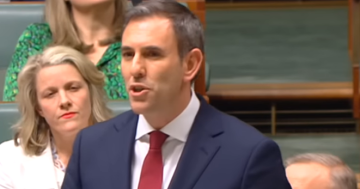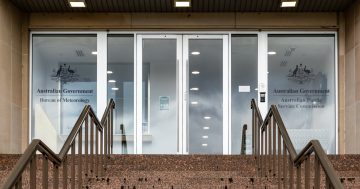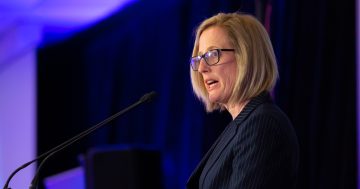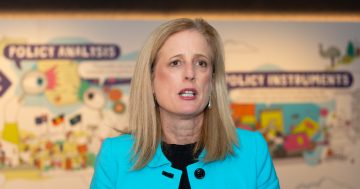
Public administration and safety grew 3.9 per cent to 849,400 employees across Australia. Photo: Michelle Kroll.
Public service numbers have surged over the past year across all jurisdictions of local, state and federal governments.
The Australian Bureau of Statistics (ABS) has released the latest employment and earnings data for the public sector, showing employee numbers rose by 3.6 per cent between June 2023 and June 2024.
The figures also show there was a total of $232 billion in wages paid to public sector employees during the 2023-24 financial year across all levels of government, an increase of 8.0 per cent from the year before.
Commonwealth government employment, which includes Defence personnel, rose 4.3 per cent to 365,400 employees.
The $37.3 billion in wages paid by the Commonwealth government was up 10.0 per cent compared to 2022-23.
State and territory government employment increased by 3.6 per cent to 1.9 million employees.
About $178.4 billion in wages was paid by state and territory governments, 7.6 per cent higher than in 2022-23.
Local government continued to have the lowest share of employment of the three levels of government and had the smallest rise in the year to June 2024, up by 2.5 per cent to 213,500 employees.
These local government employees were paid $16.4 billion, up 7.3 per cent on the year before.
ABS head of labour statistics Bjorn Jarvis noted that state government remained the largest level of government, making up around 77 per cent of public sector employment.
This was followed by the Commonwealth government (15 per cent) and local government (8 per cent).
“The rise in the public sector wage bill reflected a combination of underlying wage growth, higher employment, and other compositional changes, such as hours worked,” he said.
The public sector is concentrated in the three key areas of public administration and safety, education and training, and health care and social assistance.
Together, these three industries make up about 90 per cent of public sector employment and wages.
Of these three industries, health care and social assistance had the highest growth in employment in June, with a rise of 4.4 per cent to 642,400 employees.
This was closely followed by public administration and safety with growth of 3.9 per cent to 849,400 employees, while education and training rose 2.2 per cent to 753,900 employees.
Public administration and safety had the largest growth in total earnings of these three areas, rising 8.5 per cent to $83.4 billion, closely followed by education and training, up 7.6 per cent to $57.9 billion, and health care and social assistance which grew 7.1 per cent to $61.7 billion.
Conservative think tank the Institute of Public Affairs has used the release of the latest figures to criticise what it is describing as a public service explosion.
Deputy executive director of the institute Daniel Wild said the ABS data reinforces IPA’s own research demonstrating the need to implement “regulatory reforms” that lower the size of government, as well as reducing red tape.
“Australians are in recession following six consecutive quarters of negative per capita GDP growth, yet they are being forced to pay for a ballooning public service, which is placing further pressure on taxpayers already facing a cost-of-living crisis,’’ Mr Wild said.
“You would be forgiven for thinking the only growth industry left in Australia is bureaucracy. Of course, what follows is the bigger the bureaucracy, the more rules, red tape, and regulation of the productive sectors of the economy and small business especially.
“The cost of Australia’s public sector is exorbitant, and over just the past two years alone, there has been an additional $14 billion spent on public sector wages and salaries for no discernible improvement in service delivery to the community.
“Most Australians understand there has to be a certain number of people employed to maintain public order and ensure the efficient running of government.
“However, today’s data shows the current size and cost of Australia’s public sector is simply unsustainable.”
IPA has called on political leaders at all levels to begin reducing the size of government and cutting red tape to “unleash prosperity” and lift Australians out of recession.
